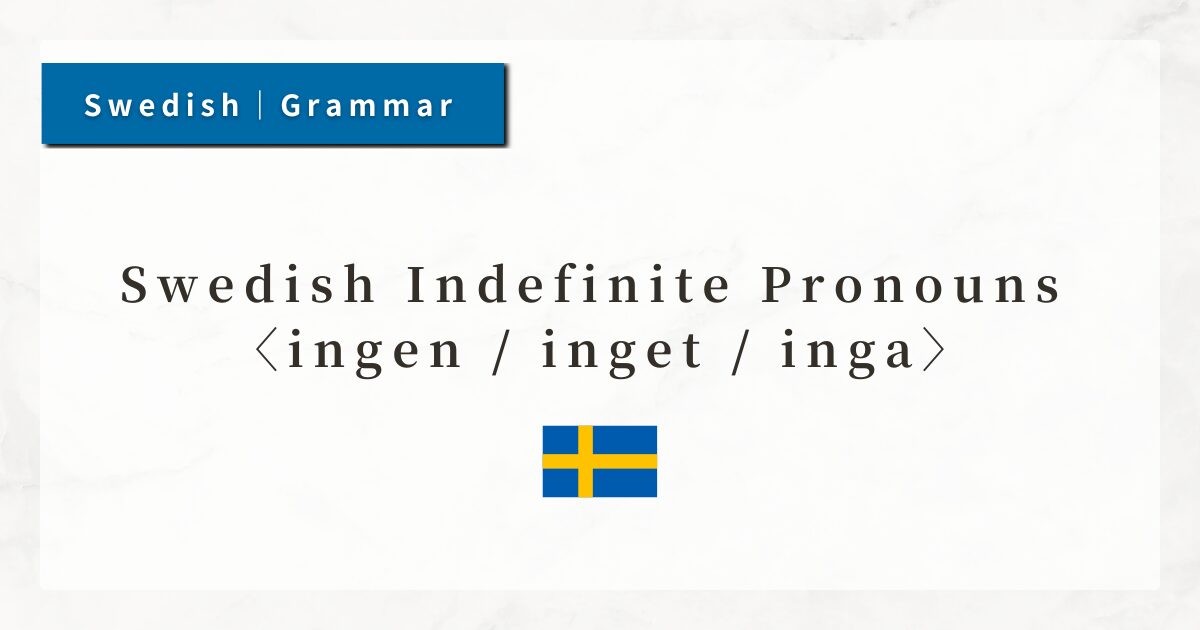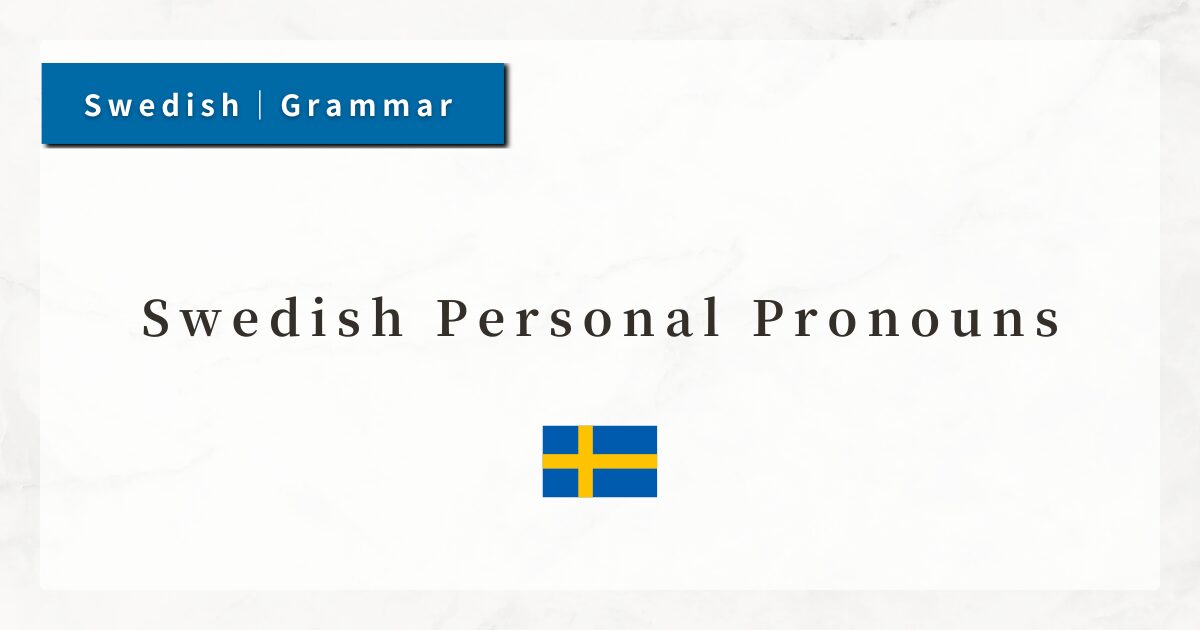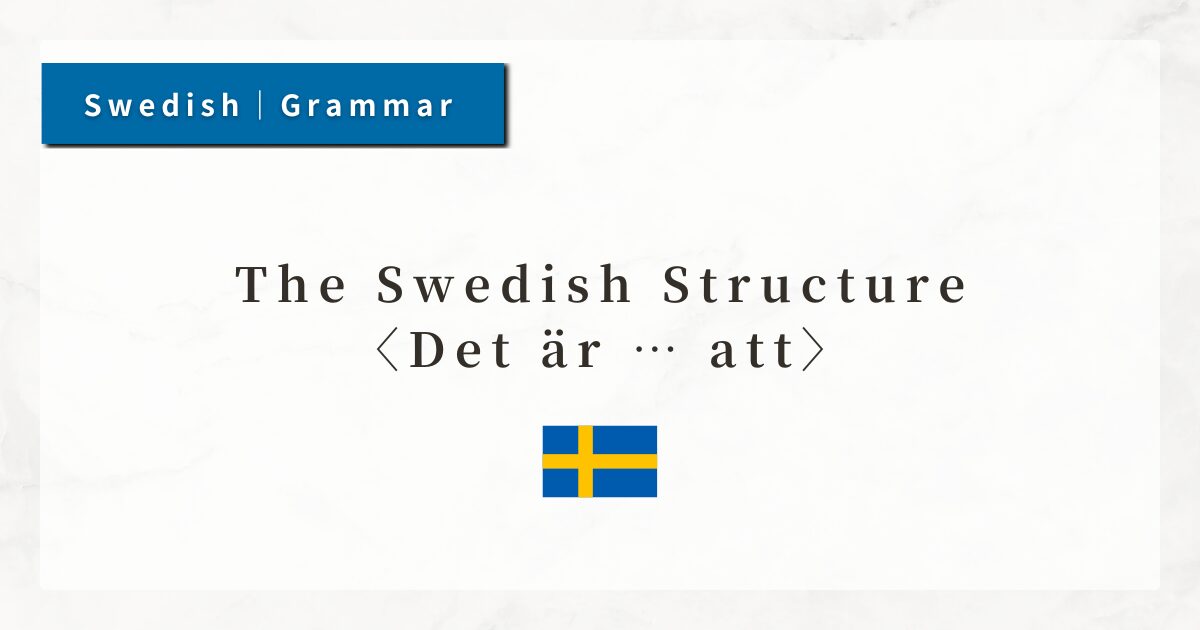#15 Telling Time and Days of the Week in Swedish|Essential Expressions

In everyday Swedish conversation, expressions of time and days are frequently used, such as asking “What time shall we meet?” or “Do you have plans on a certain day of the week?”
Although some aspects are similar to English, Swedish has its own rules for prepositions and word order. It is therefore important to master the basics.
In this lesson, I will focus on how to express time and days in Swedish—covering numbers, the names of the days of the week, as well as common words and grammar patterns used in time expressions.
1. Basic Expressions of Time in Swedish
To ask “What time is it?” in Swedish, you say:
- Vad är klockan?
(What time is it?)
The word klockan means “clock,” but it is also used to express time. To answer, the structure is:
- Klockan är tre.
(It is three o’clock.)
In this way, the pattern is “Klockan är + number”. The numbers from 1 (ett) to 12 (tolv) are most commonly used.
2. Expressions for Minutes
In Swedish, there are special ways to express times like 15 minutes past, 30 minutes, or 15 minutes to the hour.
These differ somewhat from English and Japanese, so learners should pay special attention.
| Swedish | Meaning | Note |
|---|---|---|
| kvart över sju | 7:15 | kvart = 15 minutes, över = past |
| kvart i åtta | 7:45 | i = before |
| halv nio | 8:30 | halv = half → means half before the next hour (half past eight = 9:00 minus 30 min) |
Key point: halv does not mean “half past” the current hour, but half an hour before the next hour.
- halv tio = 9:30 (halfway to 10)
- halv fyra = 3:30 (halfway to 4)
Thus, Swedish often uses 15- and 30-minute markers as reference points for expressing time.
3. Days of the Week in Swedish
Here are the seven days of the week in Swedish. While similar to English, their pronunciations differ.
| Swedish | English |
|---|---|
| måndag | Monday |
| tisdag | Tuesday |
| onsdag | Wednesday |
| torsdag | Thursday |
| fredag | Friday |
| lördag | Saturday |
| söndag | Sunday |
Days of the week always begin with a lowercase letter in Swedish. When referring to a specific day, the preposition på is used.
- Jag jobbar på fredag.
(I work on Friday.) - på måndag = on Monday
- på söndag = on Sunday
4. Word Order Changes When Time or Days Come First
Swedish follows the important V2 rule: the verb must always be the second element in a sentence.
This applies even when time or a day of the week is placed at the beginning of the sentence.
- Jag börjar jobbet klockan åtta.
(I start work at eight o’clock.)
Subject (Jag) is first → Verb (börjar) is in the second position.
- Klockan åtta börjar jag jobbet.
(At eight o’clock, I start work.)
Time expression (Klockan åtta) is first → Verb (börjar) is still second.
The same principle applies with days of the week:
- På måndag går vi till skolan.
(On Monday, we go to school.)
5. Expressions for Morning, Afternoon, and Time of Day
The following expressions are frequently used in everyday conversation:
| Expression | Meaning |
|---|---|
| på morgonen | in the morning |
| på eftermiddagen | in the afternoon |
| på kvällen | in the evening |
| på natten | at night |
Other common time words include:
| Expression | Meaning |
|---|---|
| i dag | today |
| i morgon | tomorrow |
| i går | yesterday |
Like days of the week, these are often placed at the beginning of sentences, so word order (V2) must be observed.
6. Summary
- To ask the time, say “Vad är klockan?”; to answer, use “Klockan är + number.”
- Common expressions include “kvart över,” “kvart i,” “halv” for 15 and 30 minutes.
- Days of the week are expressed with på (e.g., på måndag, på fredag), and always written in lowercase.
- When placing time or days at the beginning, the verb must remain in the second position (V2 rule).
- Expressions such as “morning,” “afternoon,” and “today/tomorrow/yesterday” follow the same word order rules.




